Washing Machine Repairs & Troubleshooting
The washing machine is one of the most used appliances inside the home today. The washing machine can last for many years if the washing machine repairs are done when they are needed. Some common washing machine repairs that you may need over the years will be replacing the washing machine pump, replacing broken knobs, replacing the waste or water hoses and sometimes just simple little things like adjusting the legs of the washing machine to make it level.
Many washing machine repairs can be avoided by property taking care of the washer. Overloading the washing machine with to many clothes can cause the parts inside of the washing machine to break faster then normal. If your washer does need repair you have basically two choices. You can fix the washing machine yourself or call a licensed appliance service and repair company to come and fix the washing machine for you. Depending on what is broken or needs to be replace on the washing machine will determine how much the repair cost will be in total.
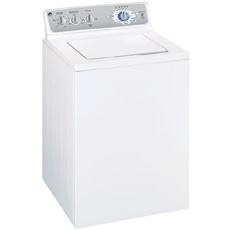
How To Hook Up The Washing Machine Water Supply Lines
Most washing machines will require a separate hose for each one of the water line connections. The standard washer has two connections for the water lines. There is the hot water connection and then also the cold water connection. You will want to make sure you have a small pair of channel lock pliers and two washing machine water supplies before you get started.
Once you have the washing machine supply lines and the pair of pliers you will want to hook up one end of the hot water washing machine line to the hot side on the washing machine water valve. This valve should be hanging on the wall of inside of the washing machine box right above your washing machine. The left side will be the hot side. You will want to hook up one end of your hot side hose to this hot side on the valve. Once you have hooked up the one side of the hot water line, you will want to do the same thing will the cold water line. The end result will be that you have one side of both the hot and cold washing machine water lines connected to the washer box or valves.
The next step will be to hook up the hot and the cold washing machine water lines to the back of the washing machine. You will want to look for the marking next to the hook up connections on the machine. There should be a hot or cold visibly marked or the inlets will be color-coded. The blue side will be for the cold water line and the hot side will be color-coded red.
One you have hook up all four end of the washing machine water lines you will want to take your pair of channel lock pliers and tighten down all the connections. Once you have done so you can turn the water on to the washing machine. Turning the valve handles to the left and right if you have a traditional style boiler drain valve supplying your washing machine can turn your water supply off and on. If you have a single lever type washing machine valve you can turn the water on and off by raising and lowering the valve handle.Now that the water is on, you can fill up the washing machine to test for leaks on your water line connections. Remember to always make sure your washing machine drain hose is connected before draining the washing machine.
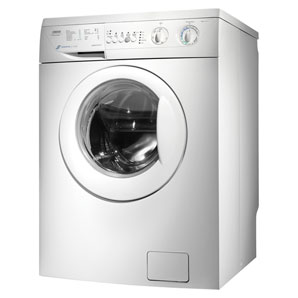
How To Replace Washing Machine Belt
If your washing machine belt has snapped or stretched out you will have to replace it. You first will have to obtain a new washing machine belt from an appliance parts store or online from an appliance part supply website. You will need to know the exact make and model of your washing machine so when you go to order the belt you wind up getting the right one that you need. There are many different brands of washing machines and not all washing machine belts are the same.
The first step in replacing the washing machine belt is to make sure that the washer is unplugged from the electrical source outlet. Once the washing machine power is disconnected you will want to remove the back panel of the washing machine. Now that the back panel of the washing machine is removed you will want to find the old washing machine belt and remove it. If the belt is not snapped and just stretched you will want to push down on the washing machine belt adjustment level and remove the belt. You will then want to fully remove the belt from the washing machine.
Now that the old washing machine belt if removed from the washing machine its time to install the new belt. You will first want to take the belt and wrap it around the washing machine drum and then over the motor pulley. Once the belt is inline and on the washing machine drum and motor pulley you can adjust the tightness of the washing machine belt with the adjustment lever. You will want to tighten the belt so that it has no more then 3/4 of an inch when you press on it.Once the new washing machine belt is in place and tightened you can re-attach the back washing machine panel that you removed. You then will want to plug the washing machine back in and make sure to test it out.
How To Hook Up The Washing Machine Waste Hose
After you have hooked up the washing machine water supply lines you will need to hook up the washing machine drain hose into the washing machine plumbing or p-trap. You will also want to hook the other end of the washing machine drain hose to the water outlet on the washing machine. You will need a pair of pliers and also a Flathead screwdriver to tighten down the washing machine hose clamps.
The first thing you will want to do is to take your washing machine drain hose and connect it to the back of the washing machine using a hose clamp. You will want to slide the washer drain hose over the water outlet fitting on the back of the washing machine and then tighten the hose clamp with your Flathead screwdriver or pliers depending on what type of clamp you have.
After you have the one end of the waster hose connected to the back of the washer you will now want to take the other end of the washing machine drain hose and stick it into your washing machine soap stack pipe that is connected to the washing machine plumbing p-trap. Take the washing machine drain hose and stick it into the soap stack a few inches and then drain the washing machine to make sure that the drain hose stays inside of the soap stack. It is also best to secure the hose into this position so that when the washing machine drains your waste hose will never pop out from the water pressure.
How To Replace The Washing Machine Motor
If the drive motor of your washing machine has gone bad you can either call an appliance repair service to come and replace the washing machine motor or you can try to do it yourself. Its usually best to have a licensed appliance service professional perform this type of repair to your washing machine.
The washing machine repair company can look up the make and model of your washing machine and then supply the correct replacement motor. They then will come to your home or residence and install the new washer motor. This will require the appliance tech to remove some of the panels of the washing machine to access the motor inside. The washing machine repair company may also have to disconnect and remove the water and the waster lines while working on the washing machine.
How To Level The Washing Machine
If your Maytag, Hotpoint, Sears Kenmore, LG or any other brand washing machine is rocking and shaking when on the spin cycle you will need to do something they call “Leveling the washing machine”ÂÂ. On the bottom of the washing machine there are legs that can be adjusted up or down. If the floor in your laundry room, basement or wherever you washing machine is hooked up is un-level then you will need to adjust these washing machine legs or if your machine does not have adjustable legs you can use shims.
You will need to use a tool called a level to actually level the washing machine. You also will need an adjustable wrench to adjust the moveable type washer legs or shims to level the machine if your legs do not adjust. The first thing you will want to do is to set the level on top of the washing machine and see how “out of level” you are. Then you will want to insert shims or adjust the washing machine legs until the washing machine is level. Once your washing machine is level your days of a rocking and moving washing machine should be over.
How To Repair & Replace The Washing Machine Pump
If your washing machine has no water and you have made sure that the water supply is connected and turned onto the on position your washing  machine pump may have gone bad. In order to replace the washing machine pump you first will have to locate and buy the correct replacement washer pump. You can call your local appliance repair store and see if they have one in stock or if they can order one for you. You can also hire a licensed washing machine / appliance technician to come and install one for you. Before working on your washing machine or any other appliance, always be sure to disconnect the power from the electrical source or outlet.
machine pump may have gone bad. In order to replace the washing machine pump you first will have to locate and buy the correct replacement washer pump. You can call your local appliance repair store and see if they have one in stock or if they can order one for you. You can also hire a licensed washing machine / appliance technician to come and install one for you. Before working on your washing machine or any other appliance, always be sure to disconnect the power from the electrical source or outlet.
To replace the washing machine pump you will first have to disconnect the washer water lines and the washing machine drain hose from the soap stack and the p-trap. You also will want to make sure that the washing machine is unplugged from the electrical outlet. The next thing you will have to do is slide the washing machine away from the wall so you can have some space to work.

The next thing you will have to do is to remove the washing machine drain hose from the pump outlet fitting. After you do so you will have to remove the washing machine panels that are covering the area that the pump is installed. Depending on what brand of washing machine you have will determine what screws and panels you will have to remove to access the washing machine pump. LG, Hotpoint, Kenmore, Maytag all use different style of washing machine pumps inside of there machines so always make sure to look at the repair manual for your exact make and model of washing machine. On some of the older G.E. Sears and other washing machines you can actually see the washing machine pump while looking at the back of the machine.
Once you have removed the access panels and now can see all the washing machine pump mounting bolts you can remove the bolts and remove the washing machine pump. Some models of washing machines may require you to remove a few additional waste connections. Now that the old washing machine pump is out, you can install the new pump by positioning the pump into place and then bolting it down. You then will want to hook up all the water and waste connections in the reverse order in which you disconnected them.
How To Replace The Washing Machine Knobs
If you need to replace any of the knobs on your washing machine you can do so, but you first will have to buy the correct replacement knobs from your local appliance parts store. You can call them up and tell then the make and model of your washing machine, what knobs you need and then the will either have them in stock or they will be able to order them for you.
Once you have bought and picked up your new washing machine knobs you can remove your old knobs usually by sliding them off of the shaft. If your old knobs do not slide right off you may want to look on the back of the new knob package for installation and replacement instructions. Generally knobs will slide right off and then the new knobs will slide right on.
Washing Machine Troubleshooting
Problem: My Washing Machine Won’t Fill up:
Solutions: If your washing machine won’t fill up because there is no water there are a few things that you will want to check. The first thing you will want to check is to make sure that the washing machine is connected with the washing machine water supply lines. The second thing you will want to check is to make sure that the washing machine supply valve is in the on position. If your washing machine water lines are connected and the washer box valve is open, your washing machine pump could be bad.
Problem: My Washing Machine Rocks, Walks and Rubbles When Spinning:
Solution: If your washing machine is rocking and walking when on the spin cycle you will need to adjust the washing machine so that it is level. You can do this my placing the washing machine on a level surface, adjusting the washing machine legs or possibly even shimming the washing machine with wood or metal.
If you have more washing machine problems or have troubleshooting questions please leave them below.

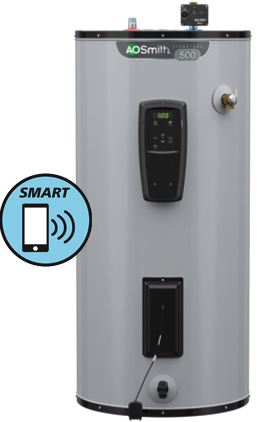
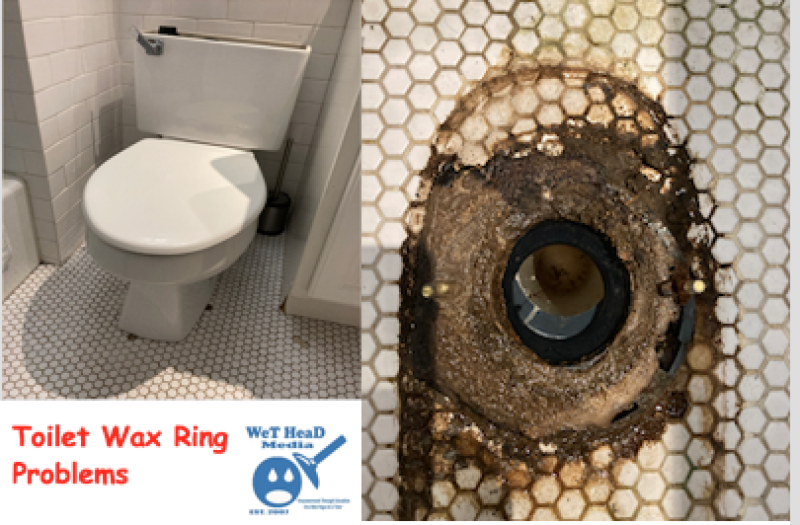
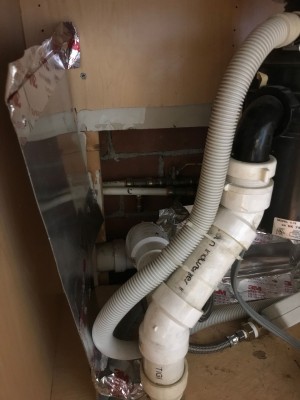
My LG front load washer keeps turning off right after within seconds or minutes of being turned on.